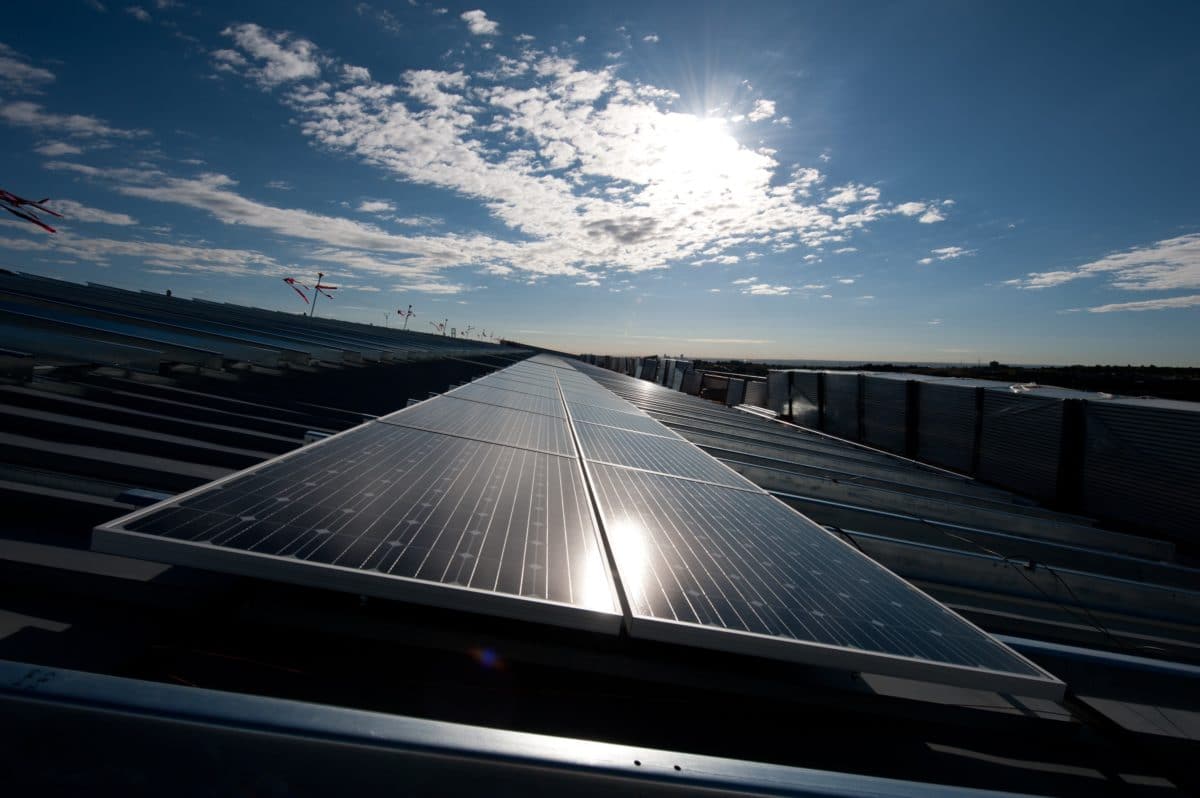North Carolina regulators recently approved Duke Energy’s 5 MW solar project, the company’s first to be located on a retired landfill near Asheville.
The state utilities commission gave the project the green light to begin construction. Duke Energy and Buncombe County will team up on the project. Duke Energy will own and operate the 5 MW solar power plant located in Woodfin.
The Woodfin facility will consist of around 5 MW alternating current/6.3 MW direct current solar photovoltaic capacity. The PV panels will be fixed to a ballasted foundation system, with 20 degree fixed-tilt racking, solar inverters, electrical protection and switching equipment, and step-up transformers. Additional equipment will include circuit breakers, combiners, surge arrestors, conductors, disconnect switches, and connection cabling.
The Woodfin Facility is expected to produce more than 9,413 MWh per year, yielding a 21.5% capacity factor. The service life of the asset is 25 years. The facility will be interconnected to a single Duke Energy-owned 24 kV distribution feeder.
South Dakota solar fee?
Black Hills Energy wants a new tariff that would charge customers with solar panels the “true cost” of their energy. According to a report from South Dakota Public Broadcasting, the utility says people who generate their own electricity cost the rest of their customers more money.
The company wants state utility regulators to approve a new tariff that would charge solar customers market rate for the energy they generate. The utility would buy excess energy for about 25% less than its market price.
Solar scholars
An online Solar Energy Basics course offered by the SUNY College of Environmental Science and Forestry on the Coursera platform recently hit a milestone of 50,000-plus enrollments since it launched back in 2019.
The course was developed by Dr. Neal Abrams, associate professor in the Department of Chemistry at the New York State university, with instructional design and technical support from the Open Academy.
The course has a global reach, and has been subtitled into eight languages in addition to English. It’s one of three courses on solar energy for Coursera developed by Abrams to provide learners with a foundation for designing photovoltaic systems. The second course, Solar Energy System Design, launched last summer. A third course will be offered this summer.
This content is protected by copyright and may not be reused. If you want to cooperate with us and would like to reuse some of our content, please contact: editors@pv-magazine.com.









Why are South Dakota’s regulators even listening to Black Hills energy perpetuate this industry lie? Many studies have determined that the utility should pay their DERs more than the retail rate for electricity if they are considering the true costs (and benefits) from net their metering partners.
Perhaps this is really about control, influence and maintaining a monopoly over “their territory.”